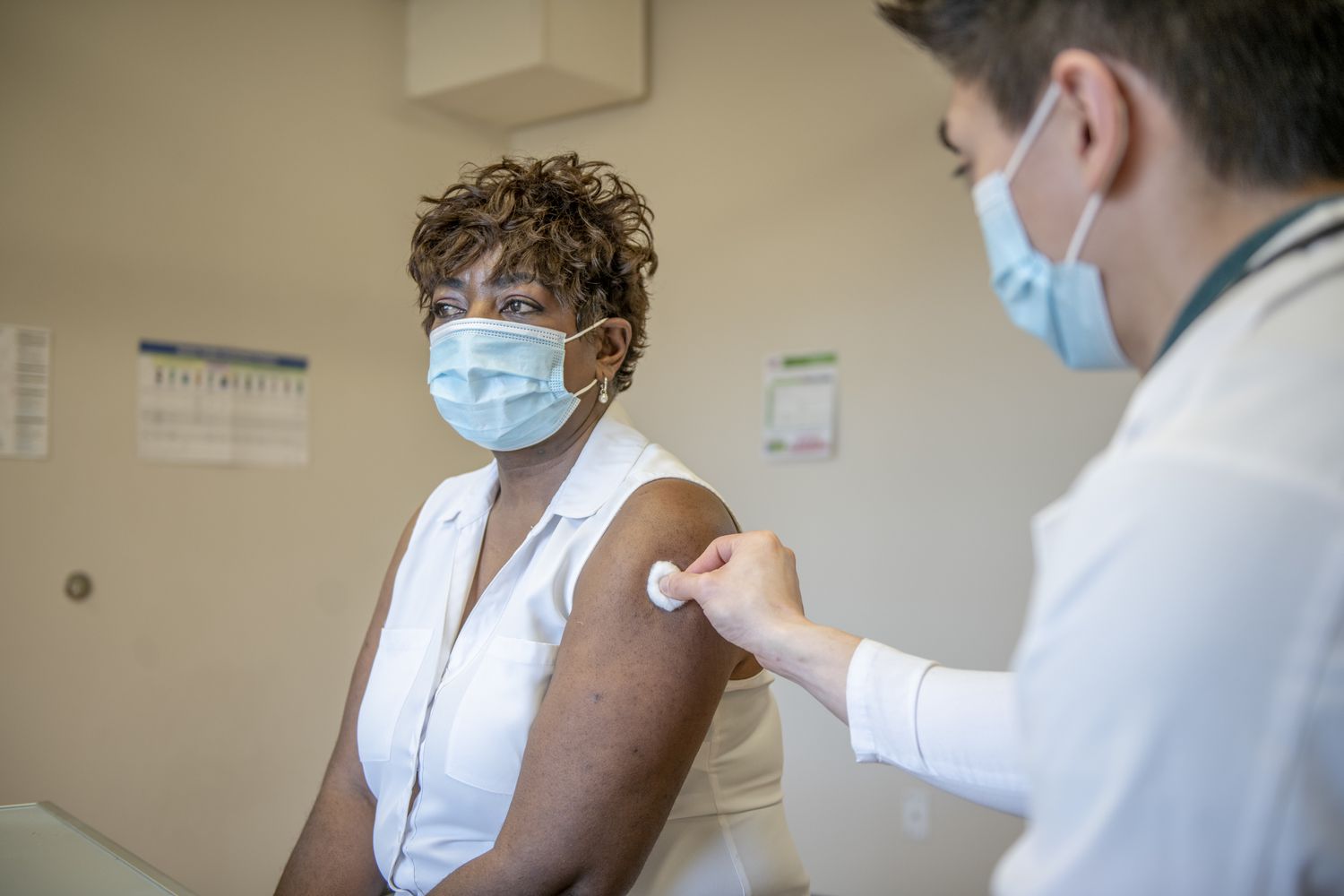
Over the past few decades, developments in vaccine technologies have broadly changed the scope of prevention against the flu. More classical flu vaccines using inactivated or attenuated forms of the virus remain very widely in use and effective. Yet, there are new technologies that do exist with promises of better efficacy, broader protection, and faster reaction times to emerging flu strains. The technologies that will be explained are recombinant vaccines, VLPs, and mRNA vaccines, all having their individual advantages against seasonal and pandemic influenza.
Recombinant Vaccines:
Recombinant flu vaccines are much more advanced compared to conventional methods. Unlike the inactivated or attenuated flu viruses grown in eggs, recombinant vaccines are prepared using gene engineering techniques. Basically, it involves isolation, insertion, and large-scale production of the protein: a gene encoding surface protein of the influenza virus, typically hemagglutinin, is isolated and inserted into another virus or cell culture, expressed in large amounts.
One example is Flublok, an FDA-approved recombinant flu vaccine. This vaccine is entirely egg-free and preservative-free with thimerosal. Because it doesn’t have to go through the propagation technique of the old days using eggs, Flublok can be produced at an incredibly rapid rate; thus, when a new flu strain crops up, this makes the production timeline of vaccines pretty rapid.
Recombinant vaccines have several advantages:
- Egg-free production: No egg allergy issues; the production time also gets reduced.
- Scalability: Can easily increase its production in case of enhanced demand or new strains.
- Homogenous antigen content: More correct matching of the antigens in circulating influenza strains, potentially allowing for more effective vaccines.
Virus-Like Particles (VLPs):
Another breakthrough area in the development of flu vaccines is that of virus-like particles. VLPs are designed to almost have the same structure as viruses, but they are noninfectious because no genetic material from the virus is present. The surface proteins, which are similar to those present on the real virus, should evoke a strong immune response on the surface of the particles.
An example is the VLP-based vaccine against H1N1 influenza virus. Developed to fight the 2009 pandemic, this vaccine has been shown to induce protective immune responses without risks usual for live or attenuated virus vaccines.
Among the benefits of VLP vaccines are that they are:
- Safe: It doesn’t constitute infection by itself; it doesn’t represent an infection in itself because it’s not infective in nature.
- Immunogenic: provokes a robust immune response nearly like in the process of natural infection.
- Flexibility: The production process may be fine-tuned for the different strains of influenza.
mRNA Vaccines:
It was during the pandemic that mRNA vaccine technology made its way into the global scene due to the emergency use authorization of mRNA-based vaccines against SARS-CoV-2. Now, this technology applies in the flu vaccine where the mRNA instructs the cells to produce viral proteins. Similar to recombinant and VLP vaccines, mRNA vaccines do not require growing live virus in eggs or cell cultures.
The mRNA flu vaccine would be designed to deliver synthetic mRNA that encodes viral proteins into cells; it is later translated into protein antigens and presented to the immune system. Some advantages associated with this are:
- Rapid development: mRNA vaccines can be pre-designed and produced in a very short time since only the genetic sequence of a new flu strain is required.
- High expression of antigens: High efficiency in production of proteins within cells increases the magnitude of immune response.
- Adaptability: Easy to change sequences of mRNA to another strain or variant.
Although the development of mRNA flu vaccines is in process, they are undergoing clinical trials, and hence they can become the game changers in the production and administration of the flu vaccine. They potentially will help respond effectively to seasonal epidemics and threats of pandemics.
Nanotechnology and Adjuvants:
Independent of recombinant, VLP, and mRNA technologies, the future of flu vaccines will also be defined by developments in both nanotechnology and adjuvants—substances added into vaccines to improve immune response. In a vaccine, this incorporation of a nanoparticle-based delivery system would increase its stability while providing enhanced antigen presentation and targeted delivery to immune cells eliciting more efficient and long-lived immune responses.
Some seasonal flu vaccines include adjuvants like MF59 and AS03 to enhance the immunogenicity of the vaccine within populations with lowered immunity, such as older adults. Adjuvants have been added to increase vaccine immunogenicity while reducing the amount of antigen per dose.
Challenges and Future Directions:
While these new technologies do bring several very promising avenues forward in terms of the flu vaccine to improve in efficacy and production, there are many challenges yet to be overcome. They range from regulatory hurdles and scaling up the production to meet demand globally to ensuring the safety of the vaccine, vaccine hesitancy, and cost-effectiveness. Providing accessibility to such advanced vaccines in low-resource settings will require attention to their cost-effectiveness.
Future research and development activities are focused on universal flu vaccines that can provide broad protection against multiple strains and variants, thus obviating the need for annual vaccination campaigns. This will be followed by progress in understanding the evolution of the influenza virus, immune responses, and delivery systems for the vaccines.
On the other hand, recombinant vaccines, virus-like particles, messenger RNA vaccines, and nanotechnology represent new technologies rewriting the history of flu vaccine development, able to allow improved vaccine efficacy, faster reaction times to react against emerging flu strains, and scalability in production. While the challenges persist, basic research and development work signals a future when safe, effective, and globally accessible flu vaccines will be realized in the not-too-distant future.
Read More Health News – Click Here
